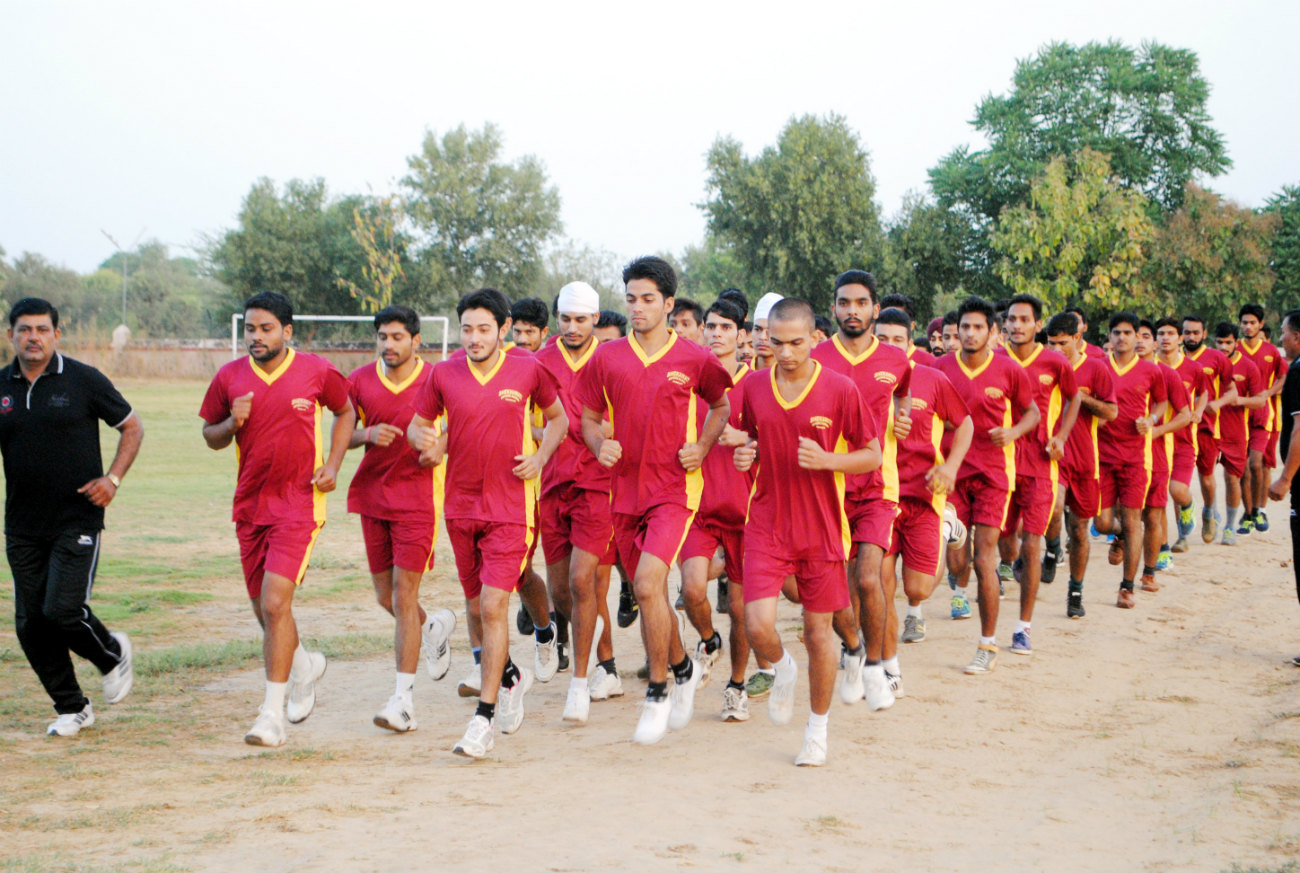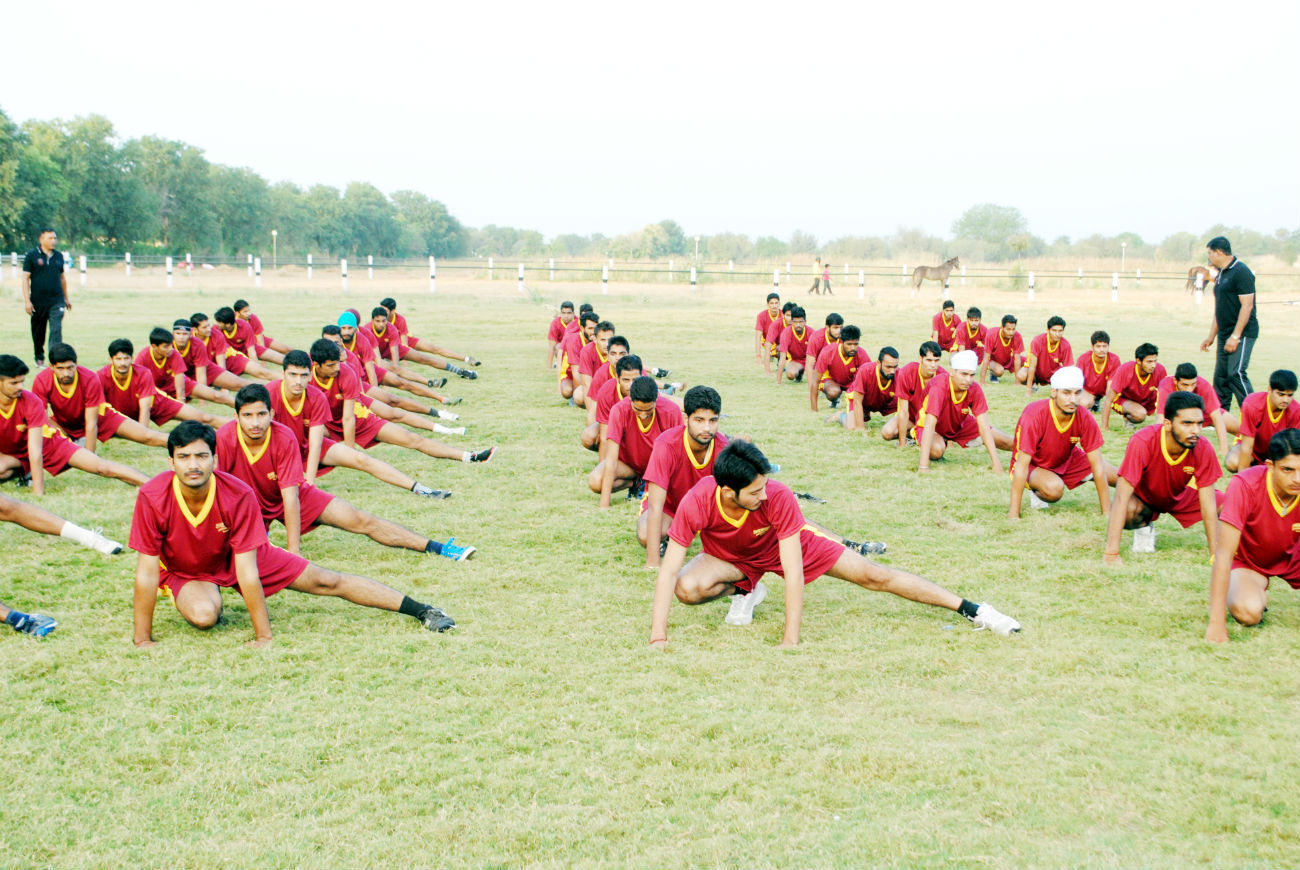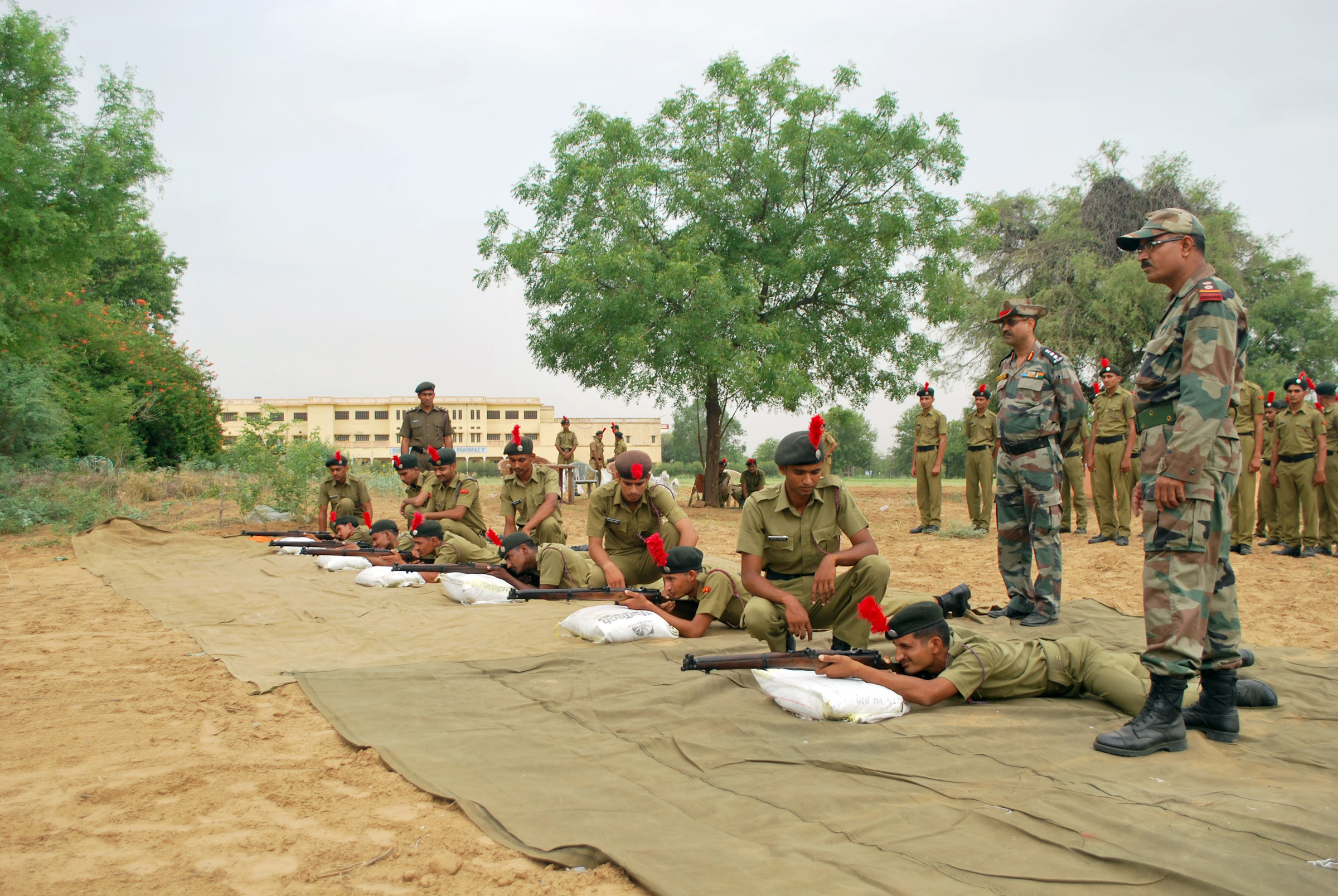SSB (Interview), 10 + 2 TES, UES, TGC, NDA, OTA, IMA, WSES, AFCAT, SSC, SSC (GD), CDS, ARMY, NAVY, AIR-FORCE, SSB, CAPF, CRPF, CISF,ITBP, BSF, ASSAM RIFALS, STATE POLICE and Coast Guards Courses Available
Registration Open
CAREER OPPORTUNITIES
THE INDIAN ARMY
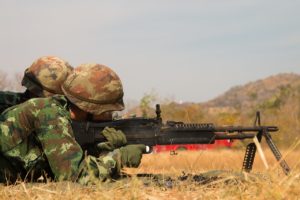 The Indian Army is the land based branch and the largest component of the Indian Armed Forces. With about 1,100,000 soldiers in active service and about 960,000 reserve troops, the Indian Army is the world’s second largest standing volunteer army. Its primary mission is to ensure the national security and defence of the Republic of India from external aggression and threats, and maintaining peace and security within its borders. It also conducts humanitarian rescue operations during natural calamities and other disturbances. The President of India serves as the Commander-in-Chief of the Army. The Chief of Army Staff (COAS), a General, is a four star commander and commands the Army. There is typically never more than one serving general at any given time in the Army. Two officers have been conferred the rank of Field Marshal, a 5-star rank and the officer serves as the ceremonial chief.
The Indian Army is the land based branch and the largest component of the Indian Armed Forces. With about 1,100,000 soldiers in active service and about 960,000 reserve troops, the Indian Army is the world’s second largest standing volunteer army. Its primary mission is to ensure the national security and defence of the Republic of India from external aggression and threats, and maintaining peace and security within its borders. It also conducts humanitarian rescue operations during natural calamities and other disturbances. The President of India serves as the Commander-in-Chief of the Army. The Chief of Army Staff (COAS), a General, is a four star commander and commands the Army. There is typically never more than one serving general at any given time in the Army. Two officers have been conferred the rank of Field Marshal, a 5-star rank and the officer serves as the ceremonial chief.
The Indian Army came into being when India gained independence in 1947, and inherited most of the infrastructure of the British Indian Army that were located in post-partition India. It is a voluntary service and although a provision for military conscription exists in the Indian constitution, it has never been imposed. Since independence, the Army has been involved in four wars with neighboring Pakistan and one with the People’s Republic of China. Other major operations undertaken by the Army include Operation Vijay, Operation Meghdoot and Operation Cactus. The successful conduct of Surgical Strike on 28/29th September,2016 opposite Uri Sector was a great achievement. Apart from conflicts, the Army has also been an active participant in United Nations peacekeeping missions.
Useful Link
THE INDIAN NAVY
 The Indian Navy is the naval branch of the Indian Armed Forces. The President of India serves as Supreme Commander of the Indian Navy.The Chief of Naval Staff (CNS), usually a four-star officer in the rank of Admiral, commands the Navy. The Indian Navy is the fifth largest in the world. It played an important role in India’s victory in the 1971 Indo-Pakistani War.
The Indian Navy is the naval branch of the Indian Armed Forces. The President of India serves as Supreme Commander of the Indian Navy.The Chief of Naval Staff (CNS), usually a four-star officer in the rank of Admiral, commands the Navy. The Indian Navy is the fifth largest in the world. It played an important role in India’s victory in the 1971 Indo-Pakistani War.
The primary objective of the navy is to secure the nation’s maritime borders; India also uses its navy to enhance its international relations through joint exercises, port visits and humanitarian missions, including disaster relief. In recent years, the Indian Navy has undergone rapid modernisation to replace its ageing equipment currently in service, this is often seen as part of “India’s drive” to develop blue-water capabilities and enhance its position in the Indian Ocean region.
As of 2016, the Indian Navy has a strength of 79,023 personnel and a large operational fleet consisting of two aircraft carriers, one amphibious transport dock, 9 landing ship tanks, 10 destroyers, 14frigates, one nuclear-powered attack submarine, 14 conventionally-powered attack submarines, 24 corvettes, 6 mine countermeasure vessels, 27 patrol vessels, 4 fleet tankers and various other auxiliary vessels.
Useful Link
THE INDIAN AIRFORCE
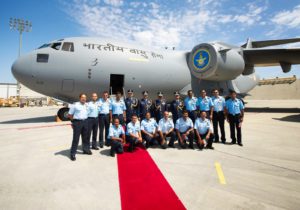 The Indian Navy is the naval branch of the Indian Armed Forces. The President of India serves as Supreme Commander of the Indian Navy.The Chief of Naval Staff (CNS), usually a four-star officer in the rank of Admiral, commands the Navy. The Indian Navy is the fifth largest in the world. It played an important role in India’s victory in the 1971 Indo-Pakistani War.
The Indian Navy is the naval branch of the Indian Armed Forces. The President of India serves as Supreme Commander of the Indian Navy.The Chief of Naval Staff (CNS), usually a four-star officer in the rank of Admiral, commands the Navy. The Indian Navy is the fifth largest in the world. It played an important role in India’s victory in the 1971 Indo-Pakistani War.
The primary objective of the navy is to secure the nation’s maritime borders; India also uses its navy to enhance its international relations through joint exercises, port visits and humanitarian missions, including disaster relief. In recent years, the Indian Navy has undergone rapid modernisation to replace its ageing equipment currently in service, this is often seen as part of “India’s drive” to develop blue-water capabilities and enhance its position in the Indian Ocean region.
As of 2016, the Indian Navy has a strength of 79,023 personnel and a large operational fleet consisting of two aircraft carriers, one amphibious transport dock, 9 landing ship tanks, 10 destroyers, 14frigates, one nuclear-powered attack submarine, 14 conventionally-powered attack submarines, 24 corvettes, 6 mine countermeasure vessels, 27 patrol vessels, 4 fleet tankers and various other auxiliary vessels.
Useful Link
COAST GUARD
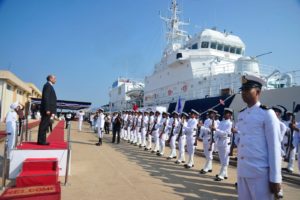 The Indian Coast Guard or Bhāratīya Taṭarakṣaka was formed to protect India’s maritime interests and enforces maritime laws with jurisdiction over the territorial waters of India. The Indian Coast Guard was formally established on 18 August 1978 by the Coast Guard Act, 1978 of the Parliament of India as an independent Armed force of India. It operates under the Ministry of Defence.
The Indian Coast Guard or Bhāratīya Taṭarakṣaka was formed to protect India’s maritime interests and enforces maritime laws with jurisdiction over the territorial waters of India. The Indian Coast Guard was formally established on 18 August 1978 by the Coast Guard Act, 1978 of the Parliament of India as an independent Armed force of India. It operates under the Ministry of Defence.
The Coast Guard works in close cooperation with the Indian Navy, the Department of Fisheries, the Department of Revenue (Customs) and the Central and State police forces.The Headquarter is in New Delhi with over 10,000 personnel. The object behind forming this organisation was to protect artificial islands, offshore terminals and other installations and their safety. At the same time providing assistance to fishermen and mariners at sea besides other environmental norms to be met.
TERRITORIAL ARMY
 It is a second line of defence after the Regular Indian Army; the Indian Territorial Army is not a profession, occupation or a source of employment. It is only meant for those people who are already in main stay civilian professions; in fact, gainful employment or self-employment in a civil profession is a prerequisite for joining the Territorial Army.
It is a second line of defence after the Regular Indian Army; the Indian Territorial Army is not a profession, occupation or a source of employment. It is only meant for those people who are already in main stay civilian professions; in fact, gainful employment or self-employment in a civil profession is a prerequisite for joining the Territorial Army.
Central Armed Police Force (CAPF/CPO)
 The Central Armed Police Forces (CAPF) refers to uniform nomenclature of five security forces in India under the authority of Ministry of Home Affairs. They are the Border Security Force (BSF), Central Reserve Police Force (CRPF), Central Industrial Security Force (CISF), Indo-Tibetan Border Police (ITBP), and Sashastra Seema Bal (SSB).
The Central Armed Police Forces (CAPF) refers to uniform nomenclature of five security forces in India under the authority of Ministry of Home Affairs. They are the Border Security Force (BSF), Central Reserve Police Force (CRPF), Central Industrial Security Force (CISF), Indo-Tibetan Border Police (ITBP), and Sashastra Seema Bal (SSB).
Five CAPF’s (the BSF, CRPF, ITBP, CISF and SSB) are organized on police lines. The CAPFs have their own cadre of officers, but they are headed by officers of the Indian Police Service. They have for many years, demanded improved promotional prospects. However, the higher echelons in these organisations, including the head of the organization, designated as Director General, is reserved by the MHA for Indian Police Service (IPS) officers.The DGs of those five CAPFs were upgraded by the Manmohan Singh led UPA Government following the 6 CPC the apex scale, a grade held by DGs of various state police.
FEATURED COURSES
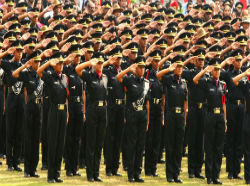
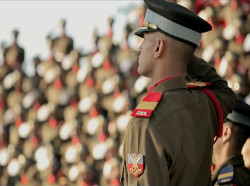

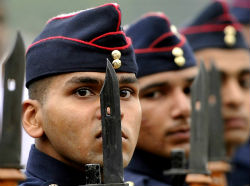
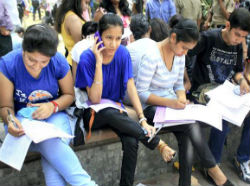
CONTACT US
Contact Info
Address:
Jaipur-Pilani State Highway No. 8,
Dundlod Crossing, Teh : Nawalgarh
District : Jhunjhunu (Rajasthan)
Call Us:


